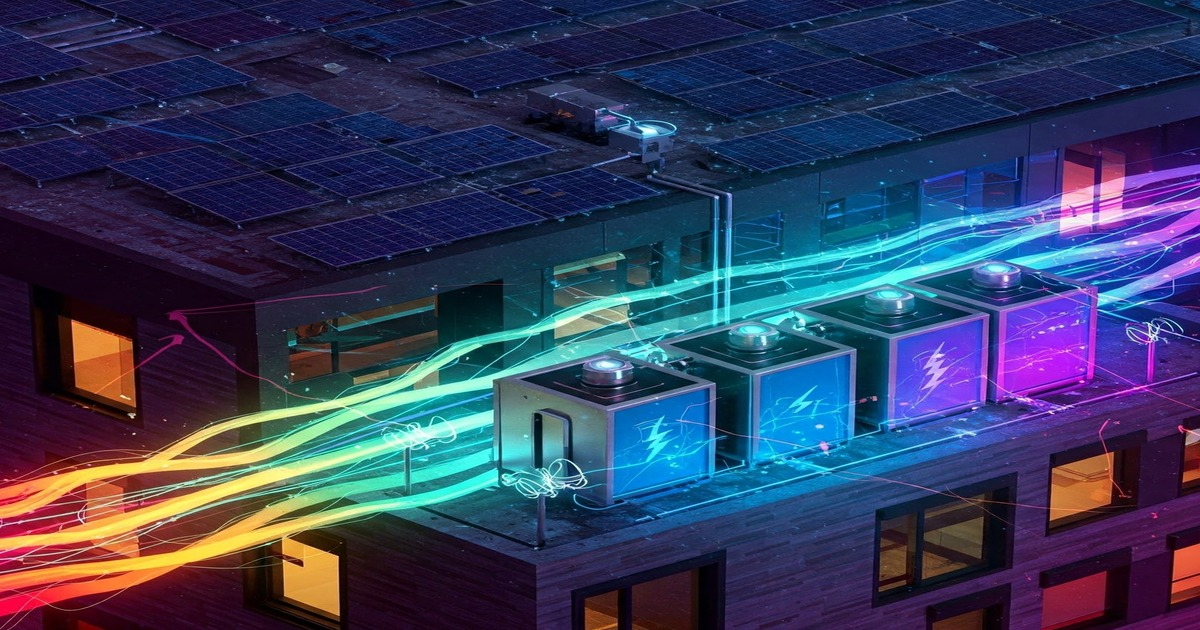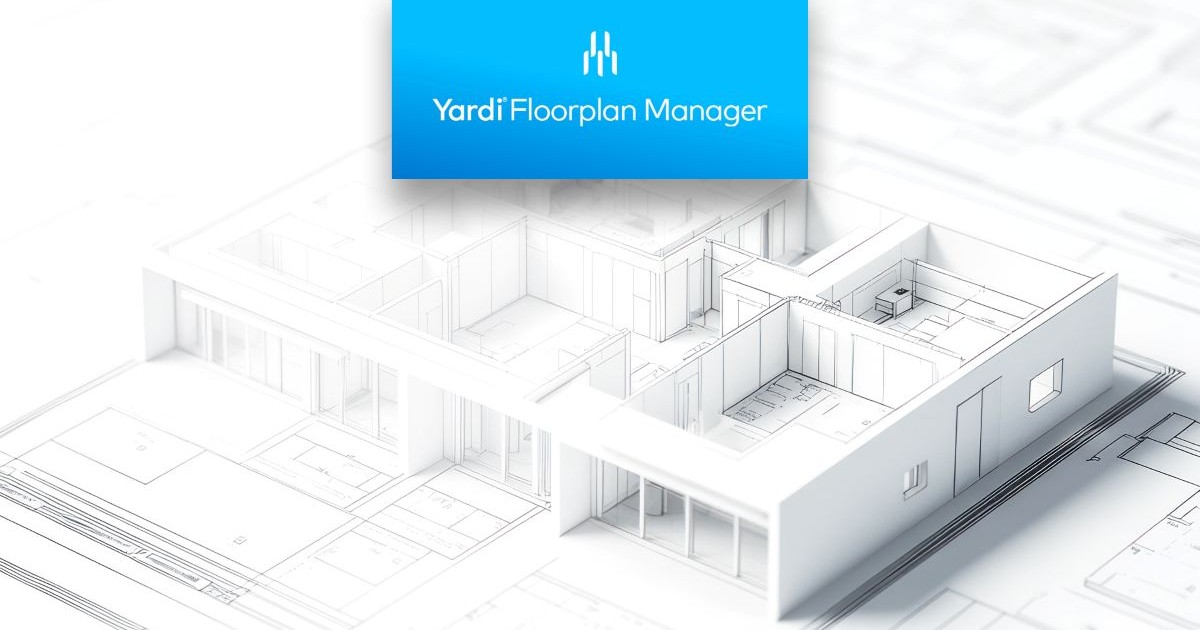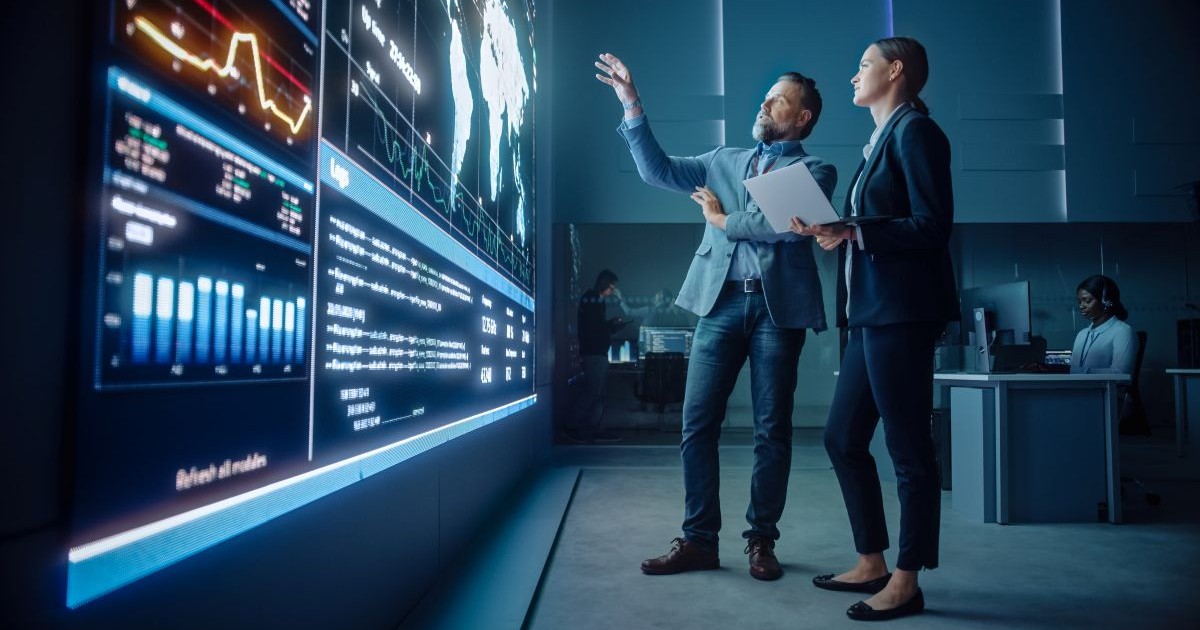DC Power: A Holistic Approach to Energy Savings in Commercial Buildings

In today's energy-conscious world, businesses constantly seek ways to reduce their carbon footprint and operational costs. While many focus on renewable energy sources, a fundamental shift in how we power our buildings can yield even more significant savings: transitioning from AC to DC power.
Our traditional AC-powered infrastructure inherently involves inefficiencies. From the moment electricity enters a building to the point it powers our devices, it undergoes multiple AC-to-DC conversions, resulting in energy loss.
A Case Study in Savings:
Imagine a typical commercial building consuming 10,000 kWh of energy. Currently, 50% of this power comes from the utility grid, and the other 50% is generated on-site through solar panels or other means. That's 5,000 kWh purchased from the grid.
Now, let's reimagine this building with a comprehensive DC power system. This includes:
- DC Energy Storage: Seamlessly integrates with on-site generation and provides stable power.
- Distributed DC Power with Fault-Managed Power: Minimizing transmission losses and enhancing safety.
- DC Endpoints: Power devices directly without unnecessary AC-to-DC conversions.
By adopting this holistic approach, we can conservatively achieve a 20% reduction in overall energy consumption. This translates to an 8,000 kWh total consumption, and most importantly, a 2,000 kWh reduction in grid-sourced power.
That's a 40% reduction in the energy purchased from the grid!
Why is this holistic view critical?
- Cumulative Savings: Concentrating only on one element, such as solar panels, overlooks the immense potential of optimizing the entire power distribution system. Each efficiency gained multiplies, resulting in significant overall savings.
- Reduced Grid Dependence: Lowering reliance on the grid strengthens energy resilience and decreases vulnerability to price fluctuations.
- Environmental Impact: Reduced energy consumption correlates with a smaller carbon footprint, fostering a more sustainable future.
- Cost Efficiency: Although the initial investment in a DC system may appear considerable, long-term energy cost savings and diminished maintenance will swiftly counterbalance the upfront expense.
- Enhanced Agile Workplaces: As we transition toward more flexible and adaptable workplaces, DC power lays the groundwork for seamlessly integrating smart technologies, sensors, and IoT devices, boosting workplace adaptability. This aligns directly with the Agile Workplace concept, promoting a more dynamic and responsive environment.
DC Power: A Promising Future
The transition to DC power isn't just about saving energy; it's building a more efficient, resilient, and sustainable future. By taking a holistic approach and considering the entire power ecosystem, we can unlock unprecedented savings and pave the way for a cleaner, more efficient world.
This Week’s Sponsor
One Platform. Many Possibilities. Founded in 2002, Lynxspring develops and supports edge-to-cloud solutions and IP technology for smarter buildings, equipment, and operations. Its open software and hardware platforms enable connectivity, control, integration, and data visualization to drive business outcomes. With deep expertise in the built environment, Lynxspring delivers powerful, cost-effective solutions for system integrators, owners, operators, and manufacturers. Deployed across millions of square feet in commercial and government spaces, its technology enhances efficiency and interoperability worldwide.
Read Next
 5/15/2025
5/15/2025
Tech, Talent and Transformation: 2025 Digie Finalists Announced For 27 years, Realcomm has presented the Digie Awards to acknowledge companies, real estate projects, technologies, and individuals that have advanced the commercial real estate industry through the strategic use of technology, automation, and innovation.
 5/15/2025
5/15/2025
Empowering Space Management with Data-Driven Visualization For effective CRE space management, itís critical to centralize lease data, maximize rental square footage (RSF), improve energy efficiency and reconfigure spaces to meet changing needs.
 5/8/2025
5/8/2025
The AI-Powered Workplace Evolution: Redefining the Business Landscape In today's rapidly evolving business environment, the fusion of Artificial Intelligence (AI) and Workplace Management is revolutionizing the way organizations approach workspace optimization and operational efficiency.
 3/27/2025
3/27/2025
The Convergence of Edge Computing, Cloud, and AI in Building Automation and Smart Buildings In the built environment, we have seen the convergence of Operational Technology (OT) and Information Technology (IT), later expanding to include Workplace Technologies (WP).


%20(1)%20(1)%20(1).png)








